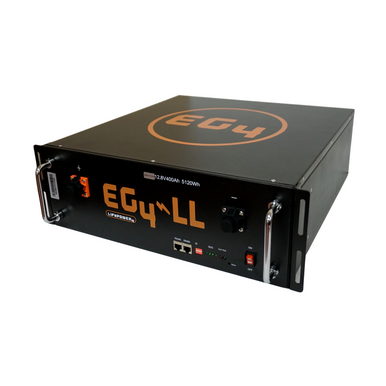Orangesauce
Seeker
- Joined
- Oct 25, 2021
- Messages
- 31
I am building a 10kW solar system for my residential home in Colorado.
Last night. @Hedges was super helpful in steering me on panels, and also got me thinking more about my rather lazy approach to batteries.
My past experience has been with a APC Matrix 5000 for computer usage. It suited the purpose fine, but I want to back up the house with protected load panel.
By the time I am ready to purchase batteries, I will have a load plan. For now, I'm just trying to decide on a strategy between expensive plug-and-play or custom and cheap. I need to get comfortable with the different responsibilities of various configurations so I can pick the battery strategy that matches my level of interest.
What I like about systems like the Pytes v5 is it has integrated heat and a fully integrated modular approach. I read documents about "runaway cells" and posts about exploding batteries and imagine unkept systems with corrosion and cables that have come loose over time. I don't want to be the guy that is way out of his safety zone and doesn't realize it until too late.
Where should I spend research time to learn the bigger picture well enough to discover what niche I'm comfortable with long term?
Last night. @Hedges was super helpful in steering me on panels, and also got me thinking more about my rather lazy approach to batteries.
My past experience has been with a APC Matrix 5000 for computer usage. It suited the purpose fine, but I want to back up the house with protected load panel.
By the time I am ready to purchase batteries, I will have a load plan. For now, I'm just trying to decide on a strategy between expensive plug-and-play or custom and cheap. I need to get comfortable with the different responsibilities of various configurations so I can pick the battery strategy that matches my level of interest.
What I like about systems like the Pytes v5 is it has integrated heat and a fully integrated modular approach. I read documents about "runaway cells" and posts about exploding batteries and imagine unkept systems with corrosion and cables that have come loose over time. I don't want to be the guy that is way out of his safety zone and doesn't realize it until too late.
Where should I spend research time to learn the bigger picture well enough to discover what niche I'm comfortable with long term?







